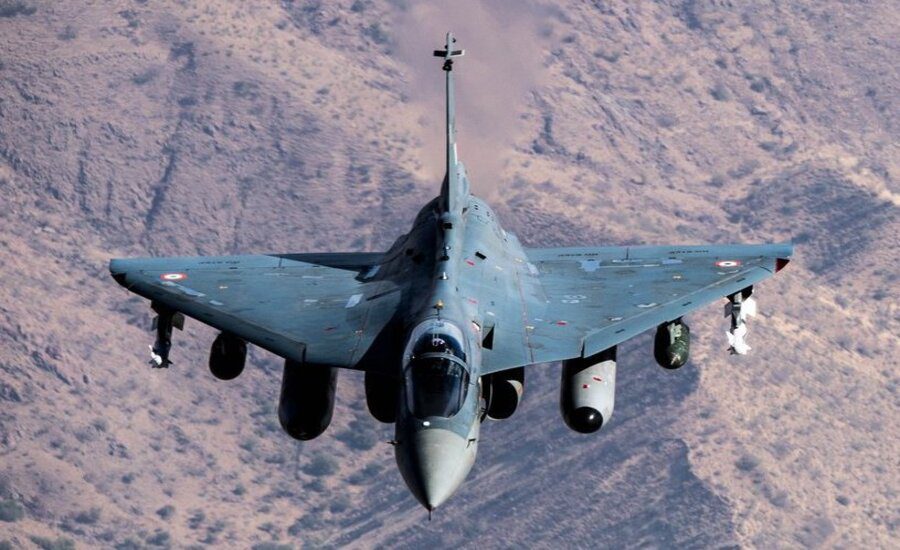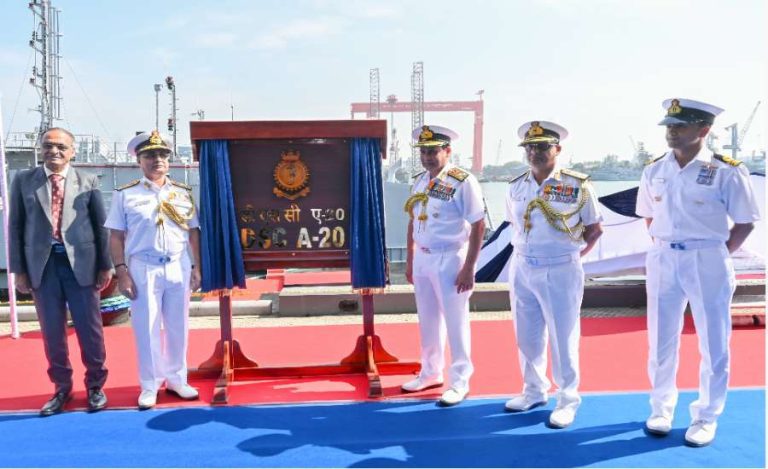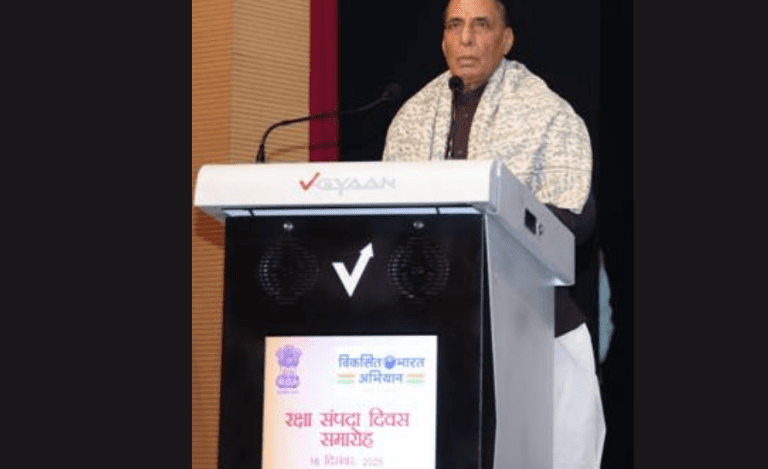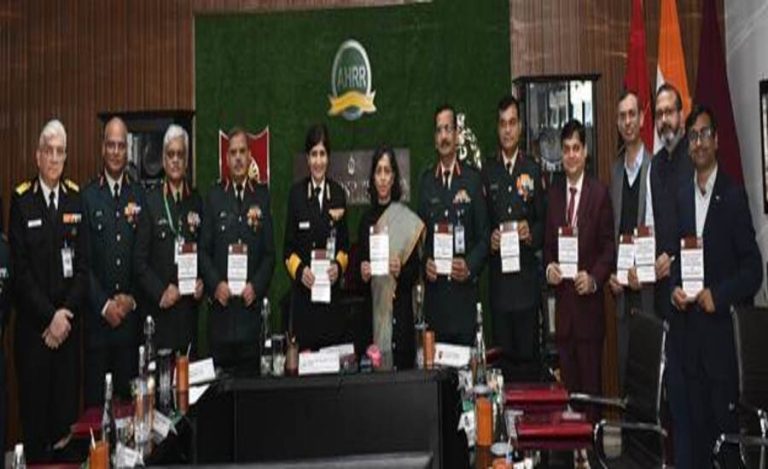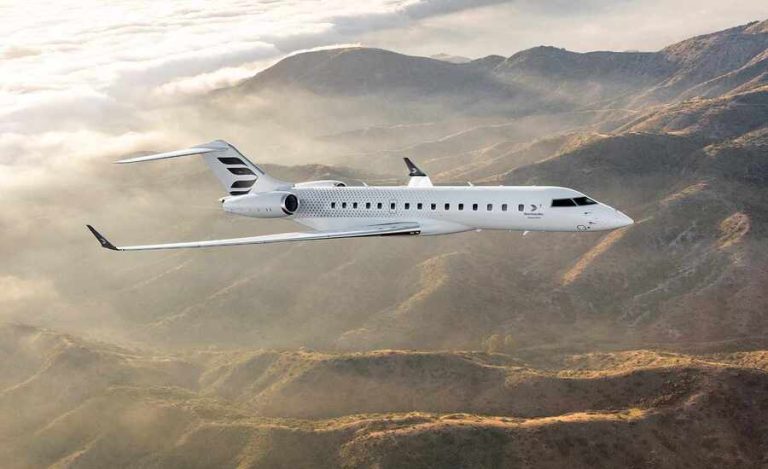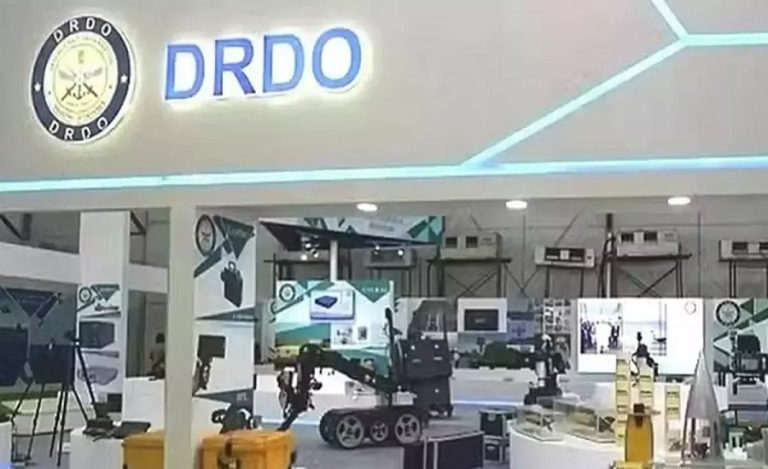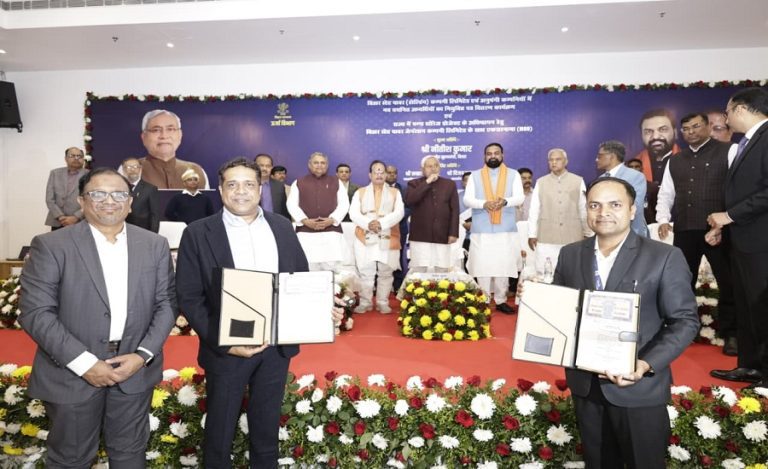Nashik, Maharashtra: October 17, 2025, will be etched in golden letters in India’s aviation history. The nation stands at the cusp of a defining moment as Defence Minister Rajnath Singh prepares to witness the maiden flight and formal handover of the first two indigenous Light Combat Aircraft (LCA) Tejas MK-1A fighter jets to the Indian Air Force at Hindustan Aeronautics Limited’s state-of-the-art facility in Nashik.
This landmark event represents more than just the delivery of aircraft. It symbolizes India’s emergence as a mature aerospace nation capable of designing, developing, and manufacturing complex military aircraft—a testament to decades of research, investment, and unwavering determination under the Atmanirbhar Bharat vision.
Overcoming Challenges to Touch the Sky
The journey to this historic milestone hasn’t been without turbulence. The Tejas MK-1A program faced significant delays primarily due to critical shortages in the supply of GE F404-IN20 engines from the United States.
Production timelines were pushed as engine deliveries trickled in at merely one to two units per month. However, the arrival of fresh engine consignments in mid-2025 proved to be the breakthrough HAL needed.
By August 2025, HAL had successfully completed 11 single-seat fighters and 9 trainer aircraft, demonstrating remarkable resilience and manufacturing prowess. The momentum has now built significantly, with HAL targeting delivery of 12 aircraft by December 2025 and additional units by March 2026.
Game-Changing Features of Tejas MK-1A Fighter Jets
The Tejas MK-1A is not just an upgrade—it’s a quantum leap in combat aviation technology. This 4.5-generation, multi-role combat aircraft has been engineered with over 43 advanced improvements compared to its predecessor.
Advanced Avionics Suite: The aircraft boasts an Active Electronically Scanned Array (AESA) radar system that enables multi-target engagement with superior situational awareness, transforming how Indian pilots will dominate the skies.
Electronic Warfare Superiority: Equipped with cutting-edge electronic warfare suites featuring self-protection jammers and passive sensors, the Tejas MK-1A can operate effectively even in the most contested airspace.
Modern Cockpit Design: The glass cockpit comes with multifunction displays, helmet-mounted display systems, and Hands On Throttle and Stick (HOTAS) controls, providing pilots with intuitive command over the aircraft.
Stealth Capabilities: With a reduced radar cross-section and advanced composite airframe, the aircraft offers enhanced strength, fuel efficiency, and survivability in combat scenarios.
Tejas MK-1A Fighter Jets: Impressive Performance Parameters
Powered by the GE F404-IN20 engine, the Tejas MK-1A delivers breathtaking performance metrics that place it firmly in the league of modern combat aircraft.
The fighter jet can achieve speeds up to Mach 1.8—nearly 2,200 kilometers per hour. Its combat radius exceeds 500 kilometers, while the ferry range approaches an impressive 1,700 kilometers.
The aircraft is designed for versatility, capable of executing air superiority missions, ground attack operations, reconnaissance sorties, and maritime patrol operations with equal proficiency.
Lethal Weapons Arsenal
The Tejas MK-1A features nine hardpoints capable of carrying a diverse weapons suite that includes the indigenous Astra Beyond Visual Range (BVR) missile, precision-guided bombs, Advanced Short Range Air-to-Air Missiles (ASRAAM), and air-to-ground munitions.
Recent successful integration trials of the Astra Mk-1 missile in March 2025 demonstrated direct hits on flying targets, confirming the weapon system’s accuracy and reliability under mission conditions.
Future integration plans include the BrahMos cruise missile, which will significantly amplify the aircraft’s long-range strike capabilities, transforming it into a truly formidable platform.
The ₹48,000 Crore Game Changer
This delivery is part of a substantial procurement contract worth ₹48,000 crore signed with HAL in 2021. The agreement encompasses 83 aircraft—73 fighters and 10 dual-seat trainers—representing one of India’s largest indigenous defence procurement initiatives.
The Indian Air Force has also recently signed an additional contract worth approximately ₹62,370 crore for 97 more Tejas MK-1A aircraft in September 2025, taking the total projected fleet to 180 aircraft by 2031.
This massive investment underscores the government’s commitment to indigenous defence manufacturing and the Atmanirbhar Bharat initiative championed by Prime Minister Narendra Modi.
Addressing Critical Squadron Shortfall
The timing of this delivery couldn’t be more crucial. The Indian Air Force currently operates only 31 combat squadrons against the sanctioned strength of 42 squadrons—a significant capability gap that affects operational readiness.
Air Chief Marshal Amar Preet Singh has expressed the force’s urgent need for these aircraft, emphasizing that the IAF requires at least two squadrons—30 to 40 aircraft—per year to maintain optimal operational posture.
The Tejas MK-1A is designed as a direct replacement for the aging MiG-21 fleet, which has been gradually phased out. This modern platform will significantly enhance the IAF’s combat capabilities while reducing dependency on foreign suppliers.
HAL Nashik: The Manufacturing Powerhouse
The HAL Nashik facility represents a cornerstone of India’s aerospace ecosystem. This is HAL’s third production line for the Tejas program, complementing two existing lines in Bengaluru.
The facility employs over 2,200 personnel, including 1,188 technical experts and 395 engineers—a workforce dedicated to advancing India’s aerospace capabilities.
The Nashik plant is configured to manufacture up to eight aircraft annually, boosting overall production capacity to 24 aircraft per year when combined with the Bengaluru lines. Future expansion plans aim to increase capacity to 32 aircraft annually.
Defence Minister’s Vision
Defence Minister Rajnath Singh’s presence at the ceremony underscores the government’s commitment to self-reliance in critical defence technologies. Singh is expected to interact with the production team, review manufacturing capabilities, and tour the advanced assembly lines.
During the recent contract signing for 97 additional aircraft, Singh lauded HAL’s role in creating over 3,000 jobs and fostering private sector integration in the aerospace sector.
This event will validate decades of investment and research, marking India’s arrival as a credible player in the global aerospace industry.
Tejas MK-1A Fighter Jets – The ‘Arjun of the Skies’
Defence experts have dubbed the Tejas MK-1A the “Arjun of the skies”—a reference to India’s indigenous main battle tank—highlighting the nation’s growing expertise in high-end fighter manufacturing and aerospace innovation.
Read also: Big Push for Atmanirbhar Bharat: MoD Seals ₹659 Crore MKU Deal for Army’s SIG-716 Rifles
The aircraft serves as a crucial bridge toward upcoming platforms like the more advanced Tejas MK-2 and the fifth-generation Advanced Medium Combat Aircraft (AMCA), which is expected to achieve its maiden flight within this decade.
Economic and Strategic Impact of Tejas MK-1A Fighter Jets
Beyond military significance, the Tejas MK-1A program has catalyzed the development of a robust ecosystem of small and medium enterprises supporting the aerospace sector.
From flight control systems to avionics, brake systems to landing gear, Indian companies have contributed significantly to the aircraft’s development, creating thousands of high-quality jobs.
With export potential to several countries already being explored, the Tejas family could become a significant revenue generator for India in the coming years, further cementing the nation’s position in the global defence market.
Tejas MK-1A Fighter Jets: Indigenous Content Pride
The Tejas MK-1A boasts approximately 65% indigenous content by value, with projections to exceed 70% in the next four years. This represents a substantial achievement in technology absorption and domestic manufacturing capabilities.
Critical systems including the Uttam AESA radar and Angad electronic warfare suite are being developed indigenously by the Defence Research and Development Organisation (DRDO), further reducing foreign dependencies.
Looking Ahead
As these indigenously-built fighters prepare to take to the skies on October 17, they carry with them the aspirations of a nation determined to stand on its own in matters of defence.
The successful delivery of the Tejas MK-1A will modernize the IAF’s light fighter fleet, reduce reliance on foreign vendors, and reinforce India’s strategic autonomy in defence aviation.
With HAL targeting production of 24 aircraft annually starting in 2027, and plans for nearly 300 Tejas fighters over the next fifteen years, India’s indigenous aerospace journey has truly taken flight.
Read also: “Operation Sindoor Proves India’s Indigenous Defence Might: Raksha Mantri at SSU Convocation”
October 17, 2025, will indeed be remembered as a red-letter day—not just for the delivery of two aircraft, but for the validation of India’s determination to achieve self-reliance in critical defence technologies.

